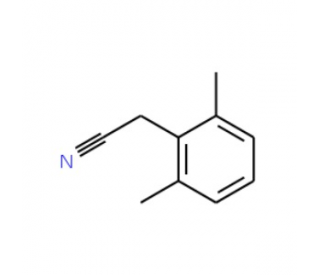詳細(xì)說明
Species Reactivity
Human, Mouse, Rat
Specificity
Detects human, mouse, and rat 14-3-3 epsilon in Western blots. In Western blots, less than 1% cross-reactivity with other recombinant human 14-3-3 isoforms is observed.
Source
Polyclonal Goat IgG
Purification
Antigen Affinity-purified
Immunogen
E. coli-derived recombinant human 14-3-3 epsilon
Met1-Gln255
Accession # P62258Formulation
Lyophilized from a 0.2 μm filtered solution in PBS with Trehalose. *Small pack size (SP) is supplied as a 0.2 μm filtered solution in PBS.
Label
Unconjugated
Applications
Recommended
ConcentrationSample
Western Blot
1 μg/mL
See below
Please Note: Optimal dilutions should be determined by each laboratory for each application. are available in the Technical Information section on our website.
Data Examples
Western Blot | Detection of Human/Mouse/ Rat 14?3?3 epsilon by Western Blot. Western blot shows lysates of Raji human Burkitt's lymphoma cell line, NIH-3T3 mouse embryonic fibroblast cell line, and PC-12 rat adrenal pheochromo-cytoma cell line. PVDF membrane was probed with 1 μg/mL Goat Anti-Human/ Mouse/Rat 14?3?3 epsilon Antigen Affinity-purified Polyclonal Antibody (Catalog # AF4419) followed by HRP-conjugated Anti-Goat IgG Secondary Antibody (Catalog # ). For additional reference, recombinant human 14?3?3 beta, epsilon, eta, gamma, sigma, theta, and zeta (2 ng/lane) were included. Specific bands for 14?3?3 epsilon was detected at approximately 26 and 29 kDa (as indicated). This experiment was conducted under reducing conditions and using . |
Preparation and Storage
Reconstitution
Reconstitute at 0.2 mg/mL in sterile PBS.
Shipping
The product is shipped at ambient temperature. Upon receipt, store it immediately at the temperature recommended below. *Small pack size (SP) is shipped with polar packs. Upon receipt, store it immediately at -20 to -70 °C
Stability & Storage
Use a manual defrost freezer and avoid repeated freeze-thaw cycles.
12 months from date of receipt, -20 to -70 °C as supplied.
1 month, 2 to 8 °C under sterile conditions after reconstitution.
6 months, -20 to -70 °C under sterile conditions after reconstitution.
Background: 14-3-3 epsilon
14-3-3 proteins are a highly conserved family of homo- and heterodimeric phosphoserine/threonine-binding proteins present in all eukaryotic cells. 14-3-3 proteins act as key regulators of intracellular signal transduction through their ability to bind specific motifs phosphorylated on serine or threonine. There are at least 7 distinct mammalian 14-3-3 genes: alpha / beta, epsilon, eta, gamma, tau / theta, sigma, and zeta /δ.
Entrez Gene IDs:
7531 (Human); 22627 (Mouse); 29753 (Rat)
Alternate Names:
1433 epsilon; 14-3-3 epsilon; 14-3-3 protein epsilon; FLJ45465; FLJ53559,14-3-3E; KCIP-1; MDCR; MDS; mitochondrial import stimulation factor L subunit; protein kinase C inhibitor protein-1; tyrosine 3/tryptophan 5 -monooxygenase activation protein, epsilon polypeptide; tyrosine 3-monooxygenase/tryptophan 5-monooxygenase activation protein, epsilonpolypeptide; YWHAE











 粵公網(wǎng)安備44196802000105號
粵公網(wǎng)安備44196802000105號